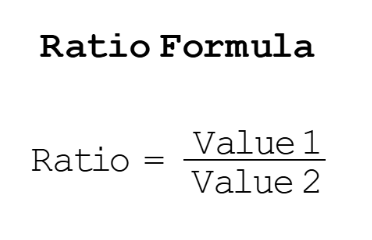 Home
Home
 Back
Back

Ratio is a mathematical concept that represents the relationship between two or more quantities. It is used to compare the sizes, amounts, or values of different quantities, showing how much of one quantity exists relative to another. Ratios are essential in various fields, including finance, cooking, engineering, and science, where understanding proportions and scaling is crucial.
For example, ratios are used to compare the ingredients in a recipe, the financial performance of a company, or the dimensions of a structure.
A Ratio Calculator is a tool that simplifies the process of calculating and comparing ratios. It allows users to input the values of two or more quantities and computes their ratio in a simplified form. This helps in understanding the proportional relationship between the quantities and making informed decisions based on the comparison.
Examples of ratio calculations include determining the ratio of flour to water in a recipe, the debt-to-equity ratio in finance, or the aspect ratio of a screen.
Ratios can be calculated using simple mathematical formulas. Here are the key steps:
1. Basic Ratio CalculationThe ratio between two quantities A and B is given by:
Where:
To simplify a ratio, divide both quantities by their greatest common divisor (GCD):
Where:
A ratio calculator allows you to compute the ratio between two or more quantities by providing their values. Here's how to use it:
A ratio compares two quantities, while a fraction represents a part of a whole. Ratios are often expressed with a colon (e.g., 3:2), while fractions use a slash (e.g., 3/2).
To simplify a ratio, divide both quantities by their greatest common divisor (GCD).
Ratios are unitless, as they represent the relationship between quantities rather than their absolute values.
Yes, some ratio calculators can compute the ratio between three or more quantities by comparing each quantity to the others.